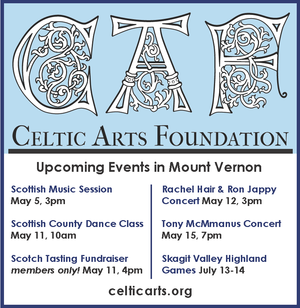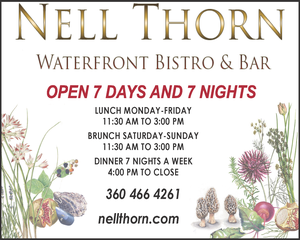Many paths to success in our schools
September 27, 2017
It’s 2017 and still people are asking, “What is the best way to educate children for the 21st century?” The film, and book, “Most Likely to Succeed” provocatively suggest that it’s past time to reimagine schools; specifically, authors Tony Wagner and Ted Dintersmith suggest it’s time to emphasize critical thinking, collaboration, and creativity. Simultaneously, they advocate that reducing the focus on test scores and “stand alone” classes will help our students truly be ready for global success in the 21st century.
It’s intriguing. Life in school administration is much more about compliance and reporting than it used to be. Test scores are an easy yet highly ineffective way to judge schools. Yet, life in most schools is also more innovative, creative, and hands-on than the film would like the audience to think. As is so often the case, the director contrasts two extremes – a very traditional math class, and an extremely innovative high school – and sets up an either/or, bad/good forced-choice. Learning and schooling are not so simple.
Part of what was missing from the story was this: the reality of social-emotional needs of youth; a truthful telling of what is actually happening in schools today; and a non-economic motivation for shifting our schools. The reality is that schools are often the first place where social work starts; where meals are served, year-round now; and where kids find stability in a chaotic world.
It is highly unusual for parents and community to visit our schools when classes are in session to see the miracles that happen every day – consider this an invitation. It’s even more rare for the general public to praise the work of the school employees for the work they do with children every single day. Further, I have to wonder about the intention of the word “succeed”. Our country is thriving economically, but I question the health of our social fabric. Shouldn’t success emphasize a multi-faceted, happy and healthy life?
Let us not lose sight of the fact that in the United States, we help every child learn. Public schools are open to all, and we truly have the opportunity to help the youth of today become the neighbors, leaders, parents, and workers of tomorrow. Before we jump on board with a complete shift, however, we should start with what is currently working.
I challenge each of you to learn more about La Conner Public Schools this year. Be willing to check your assumptions, especially if they are negative, and ask, “Where is innovation present? How are kids getting to learn as scientists, mathematicians, poets, artists, musicians, and engineers? What are the greatest successes of our schools?” The answers are rich and plentiful.
By all means watch the film. Read the book. We can all be inspired by a non-traditional approach to public education. Please remember, though, that “success” doesn’t have to be an either/or scenario. What you see depends on what you are looking for.








Reader Comments(0)